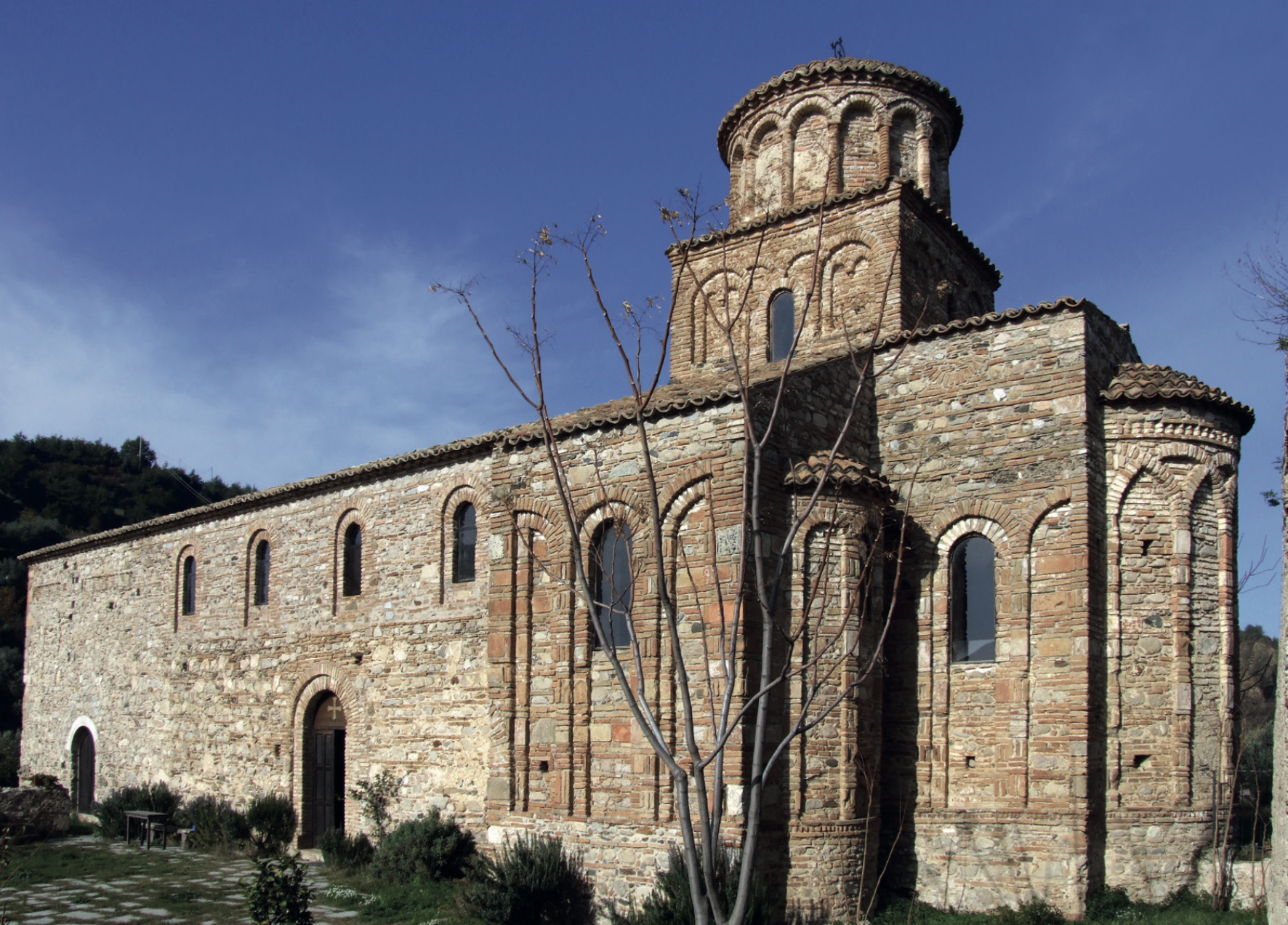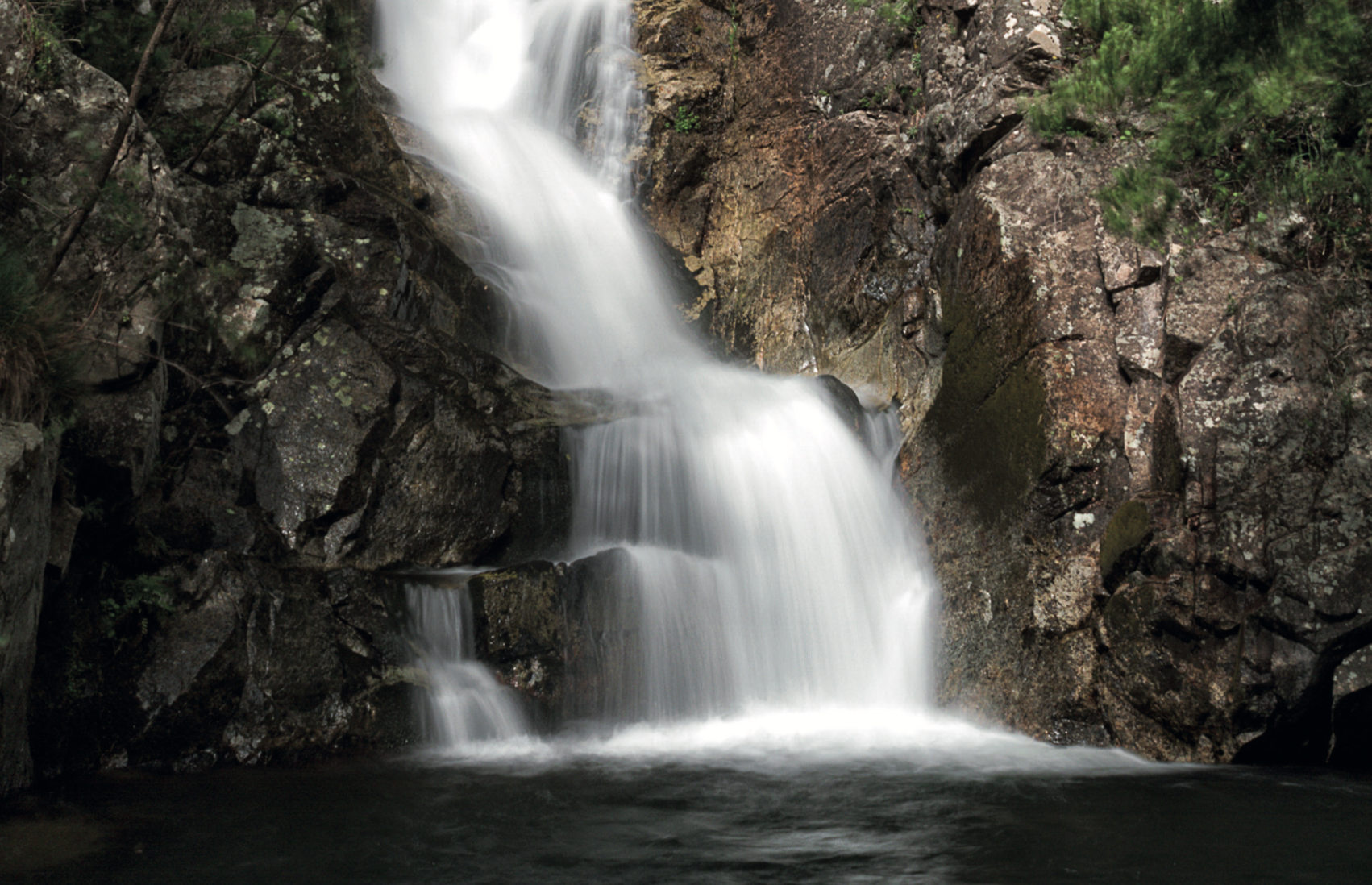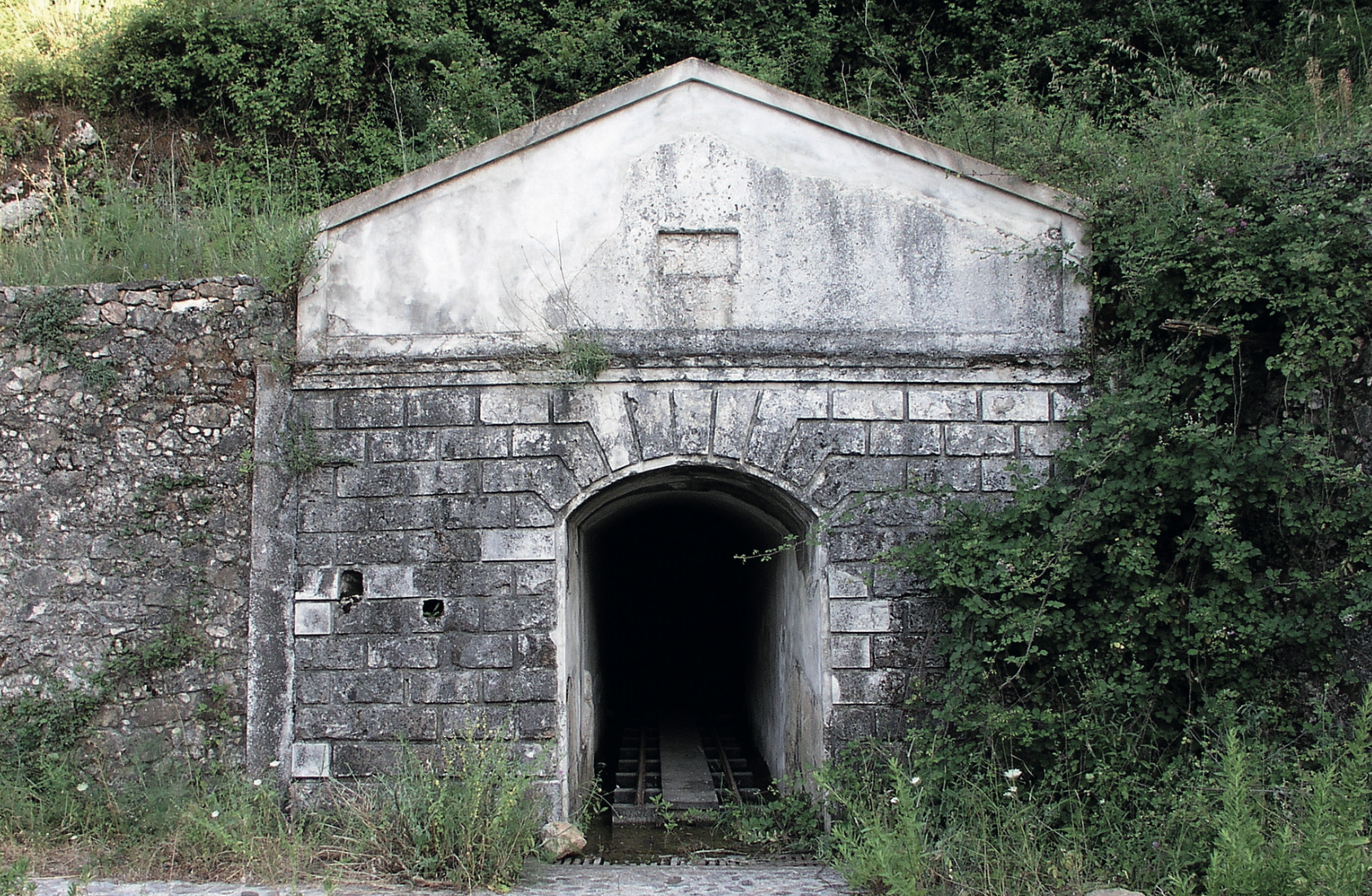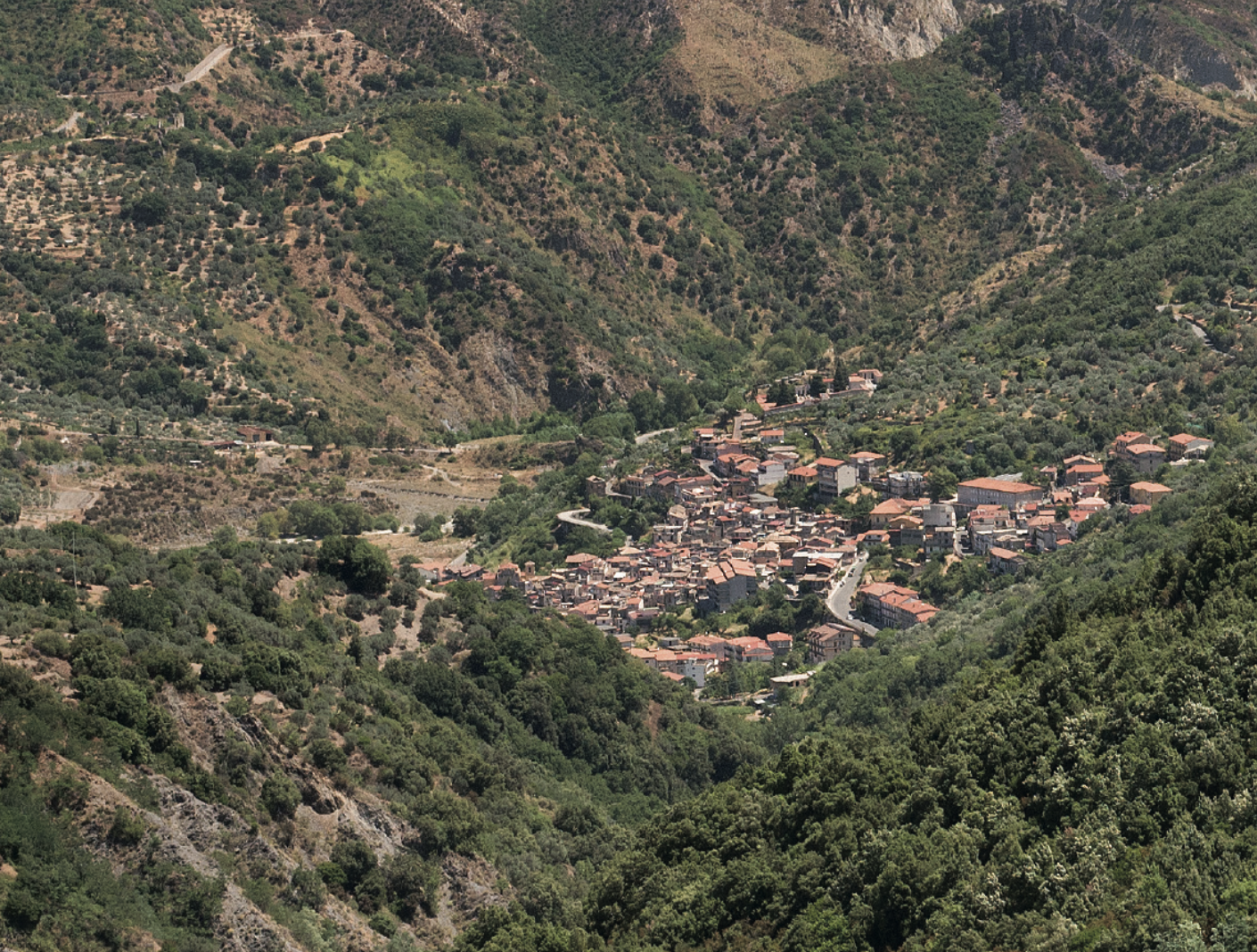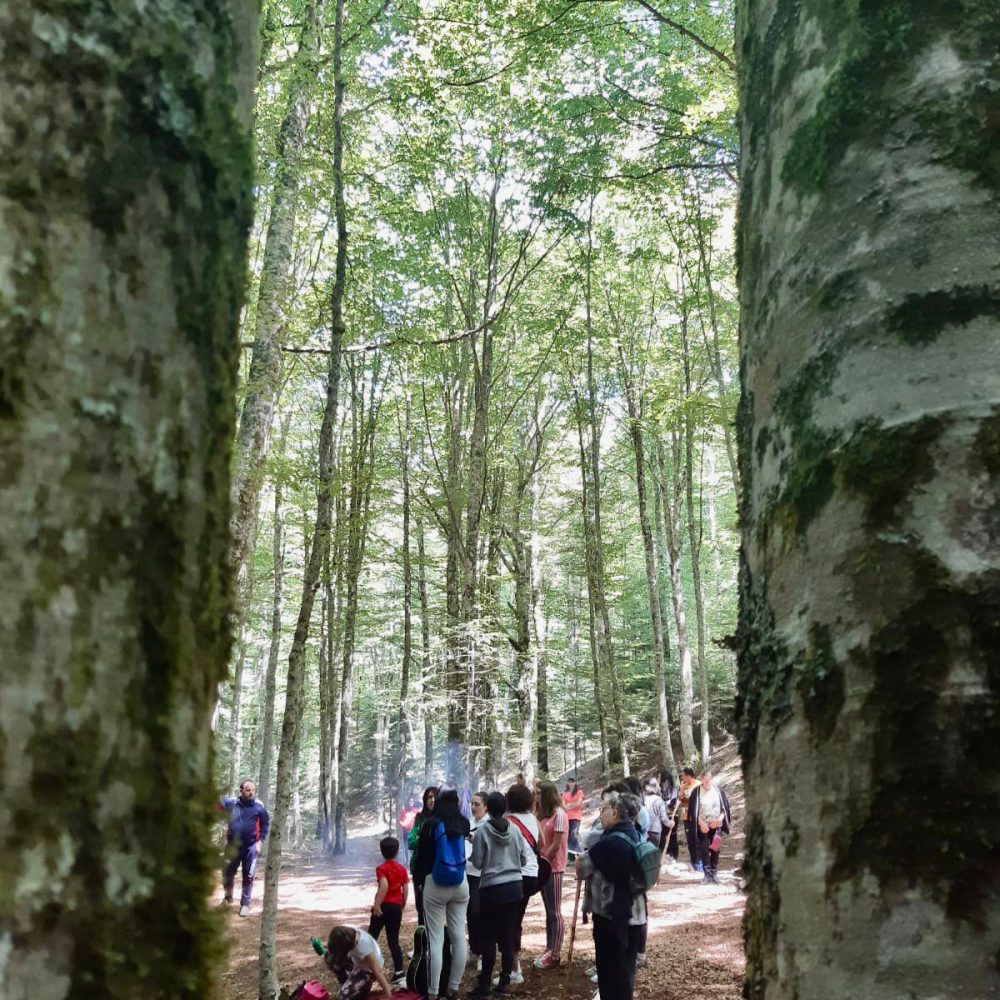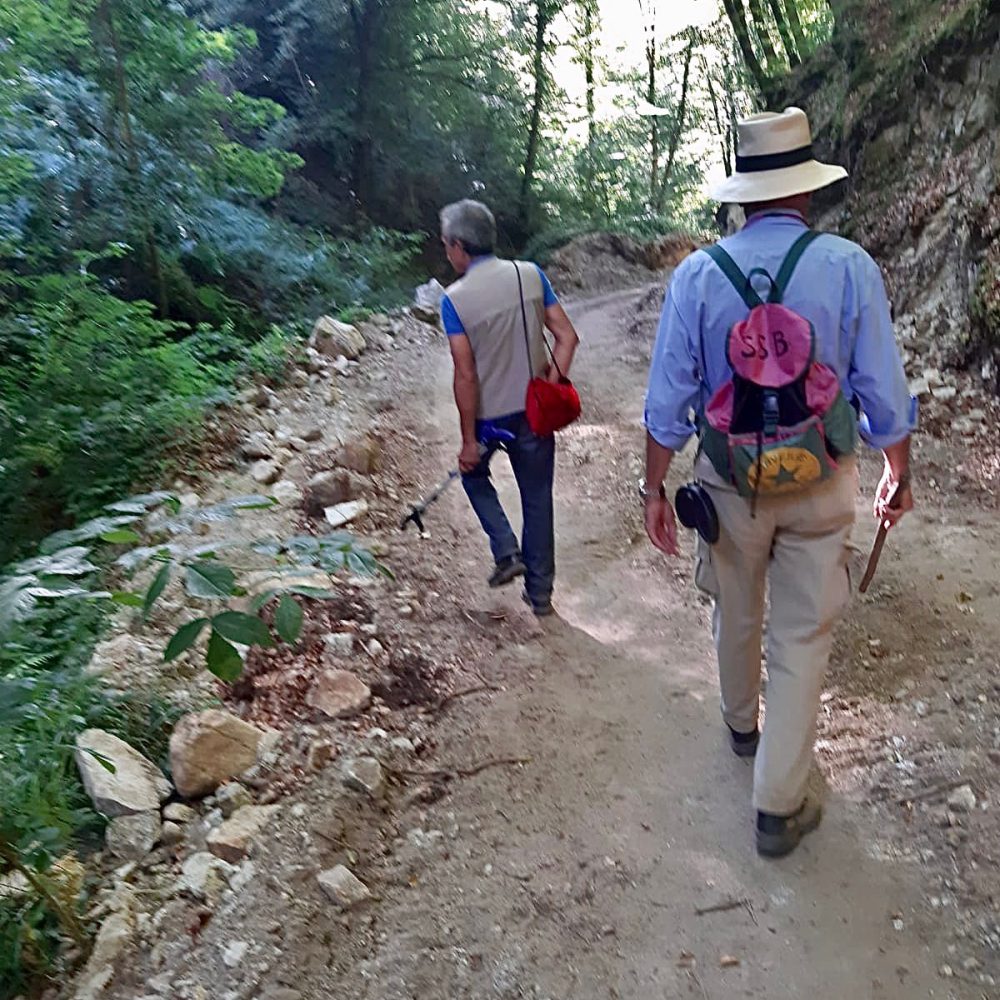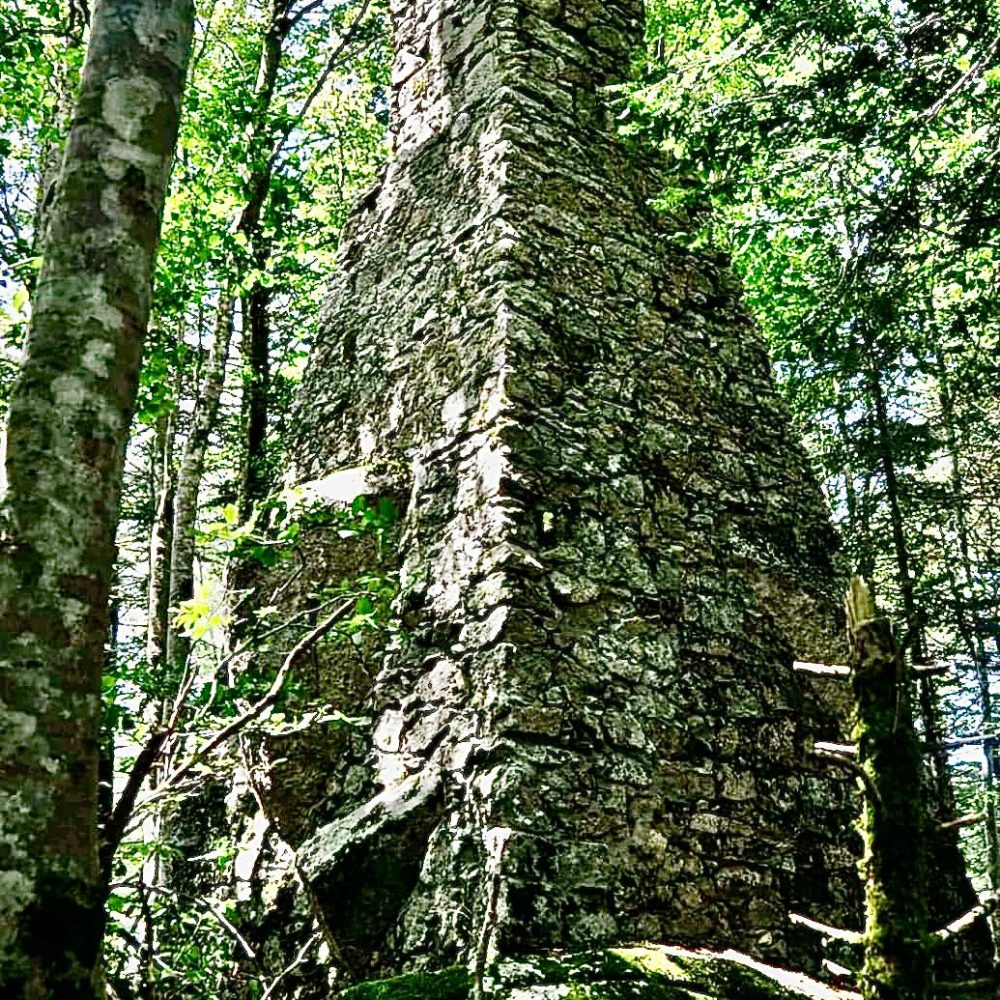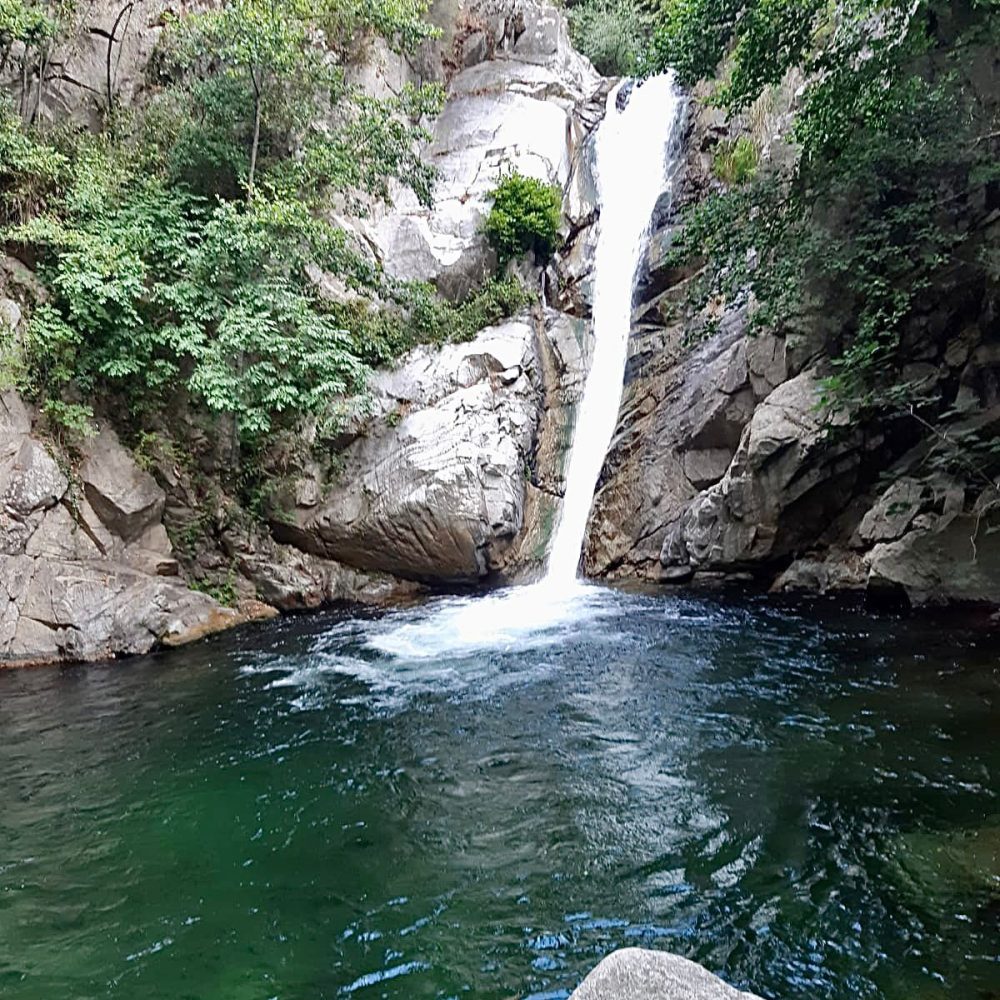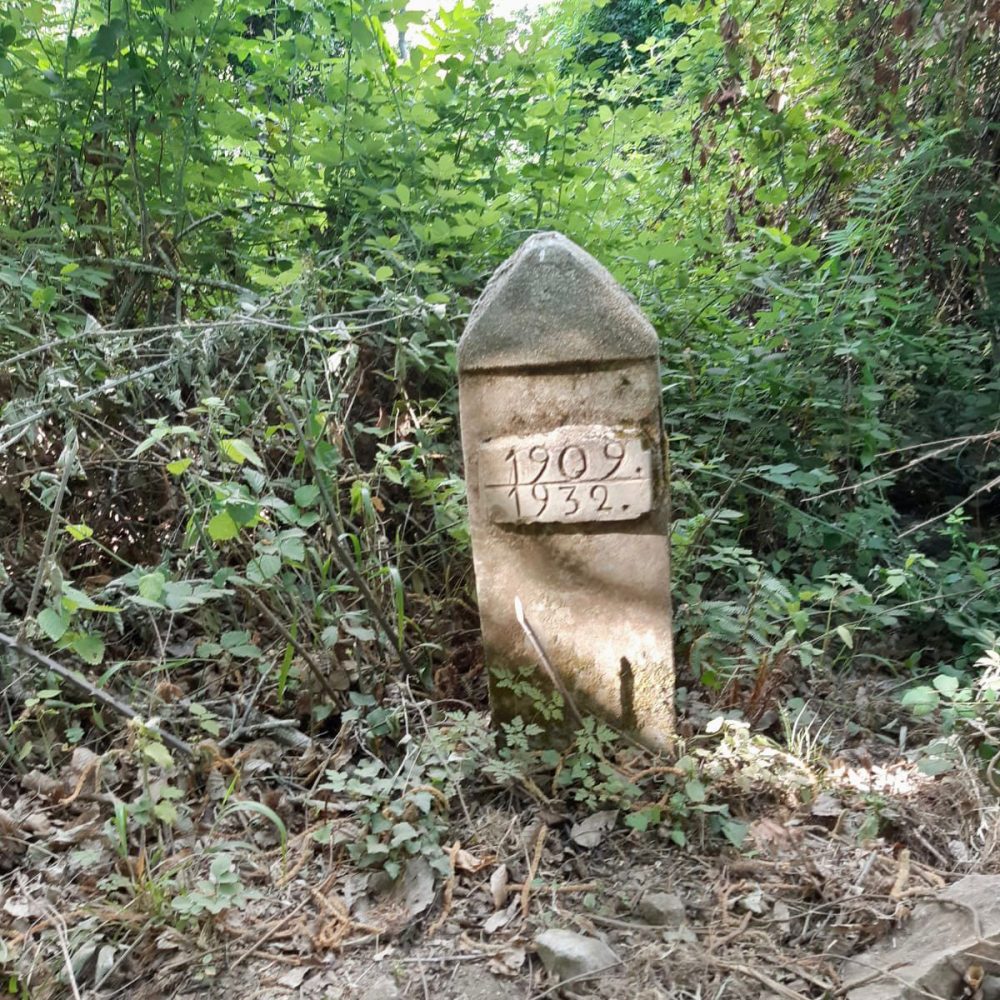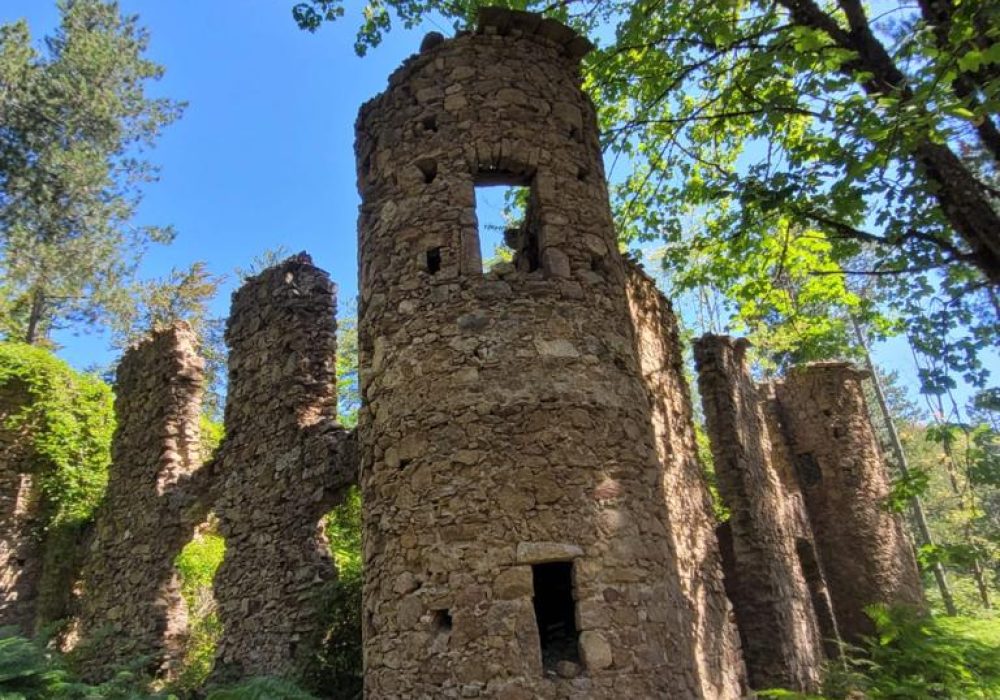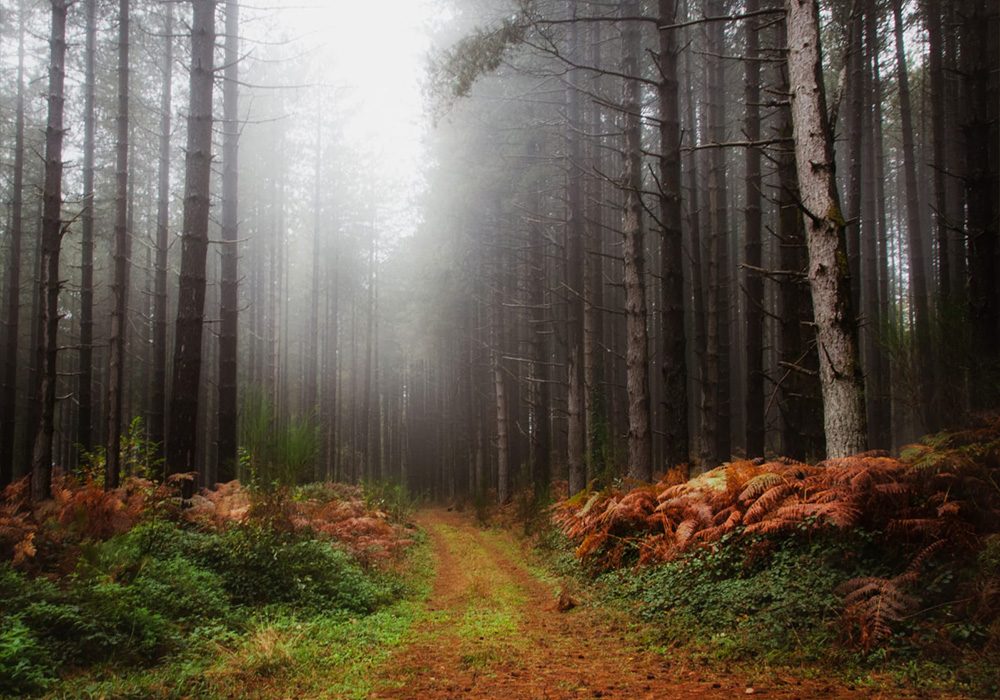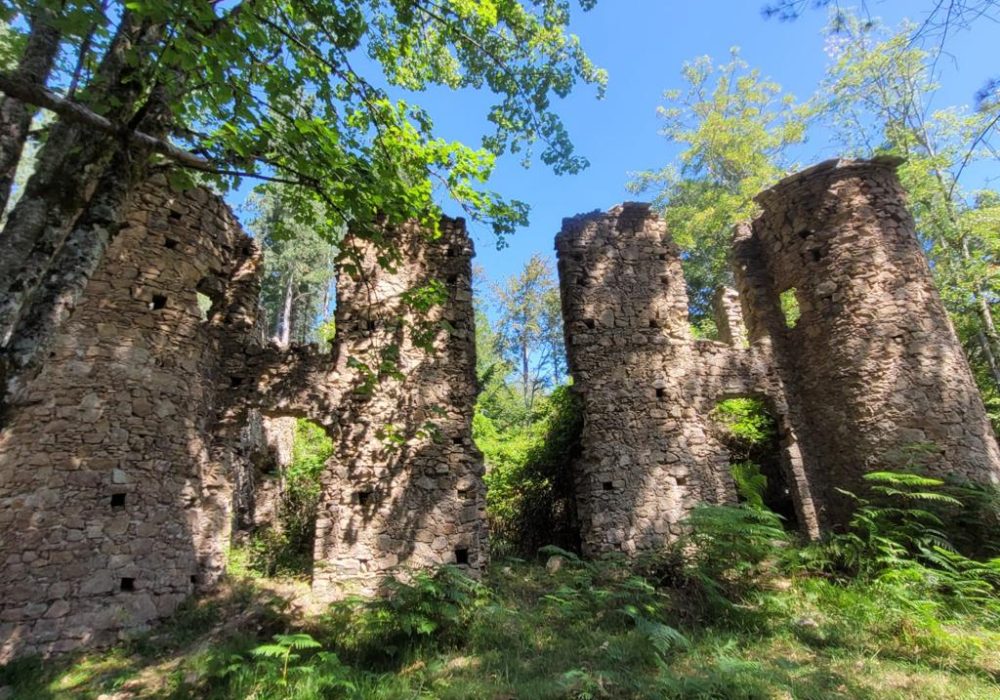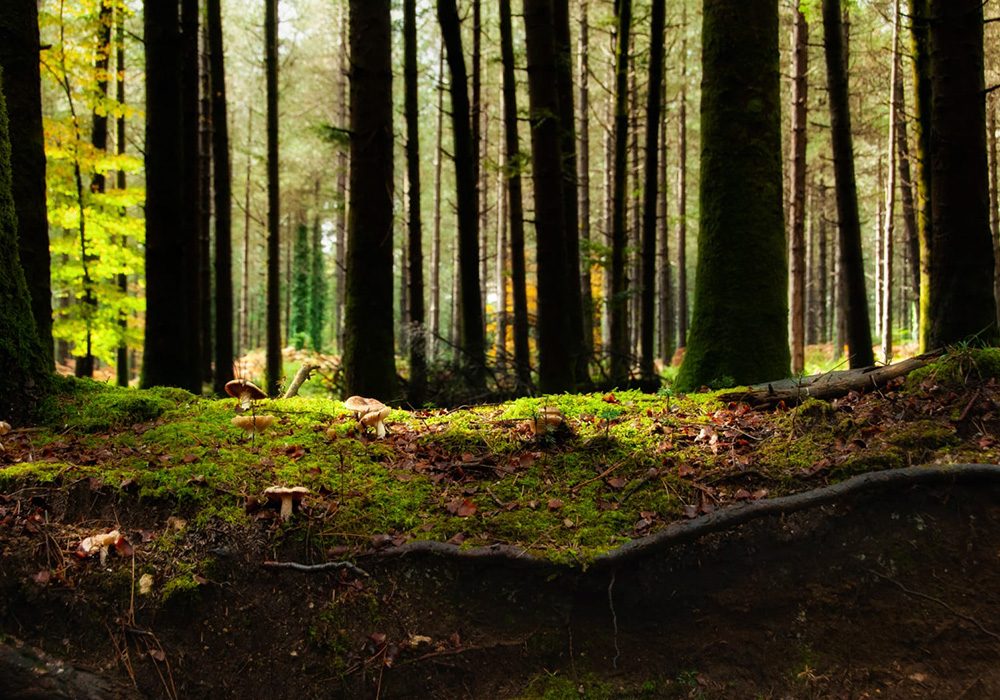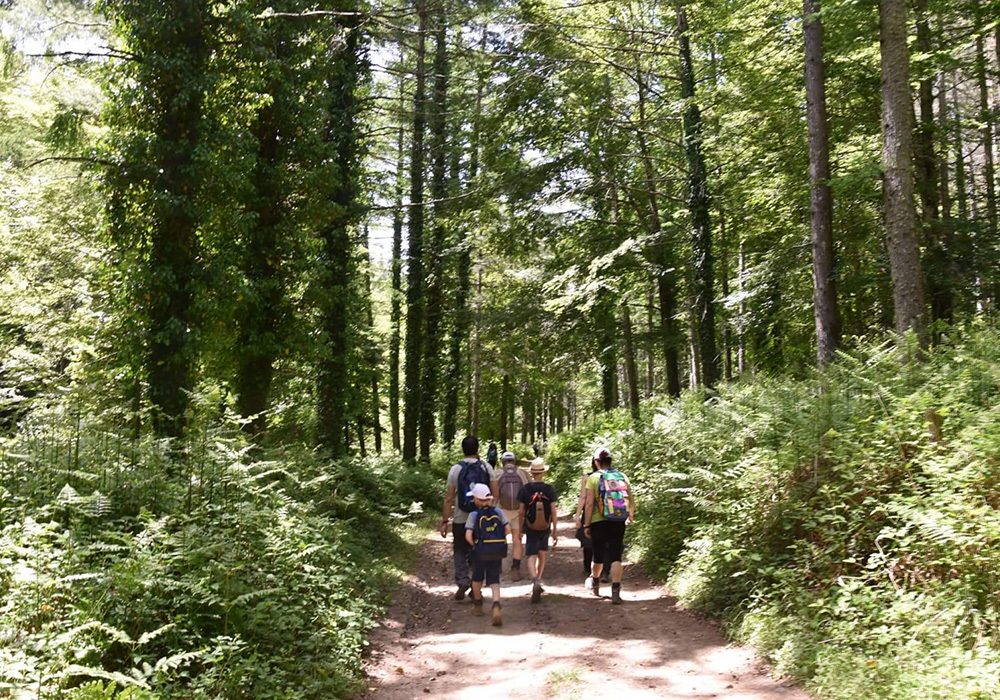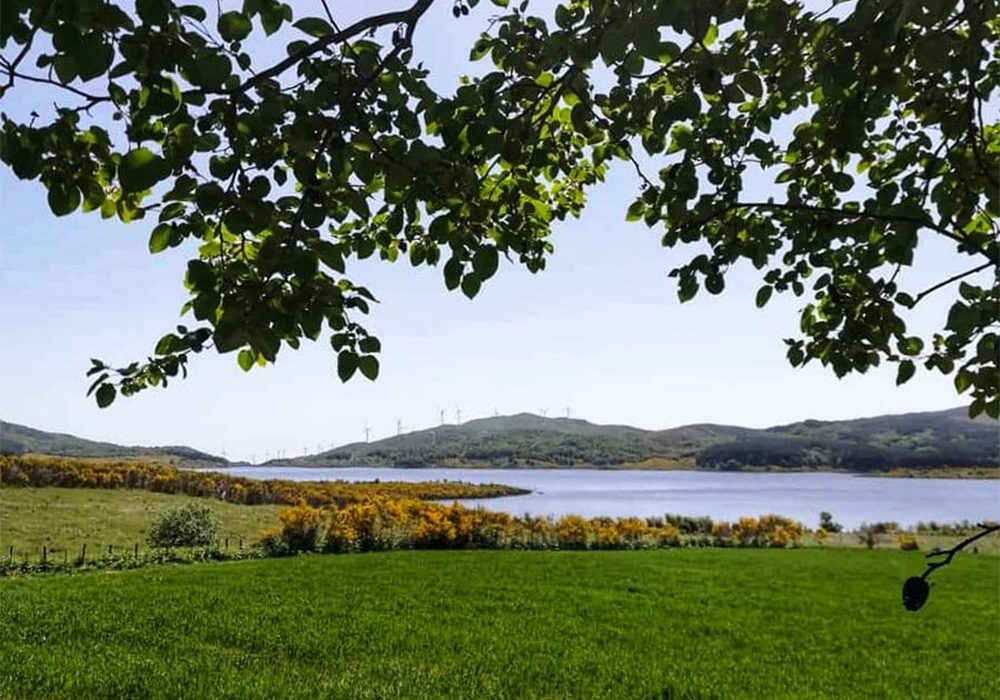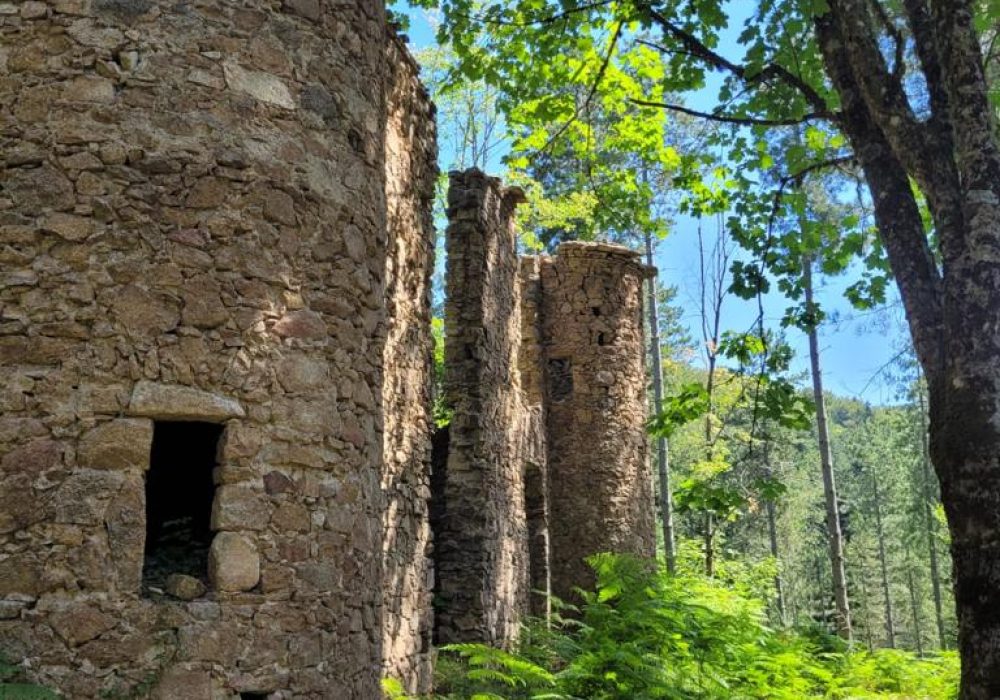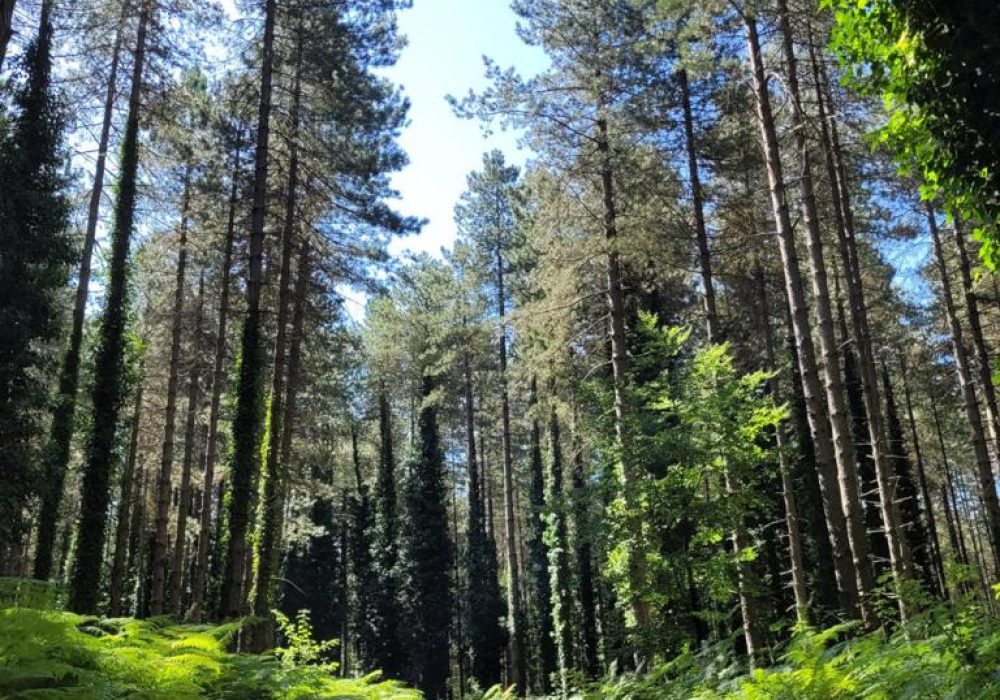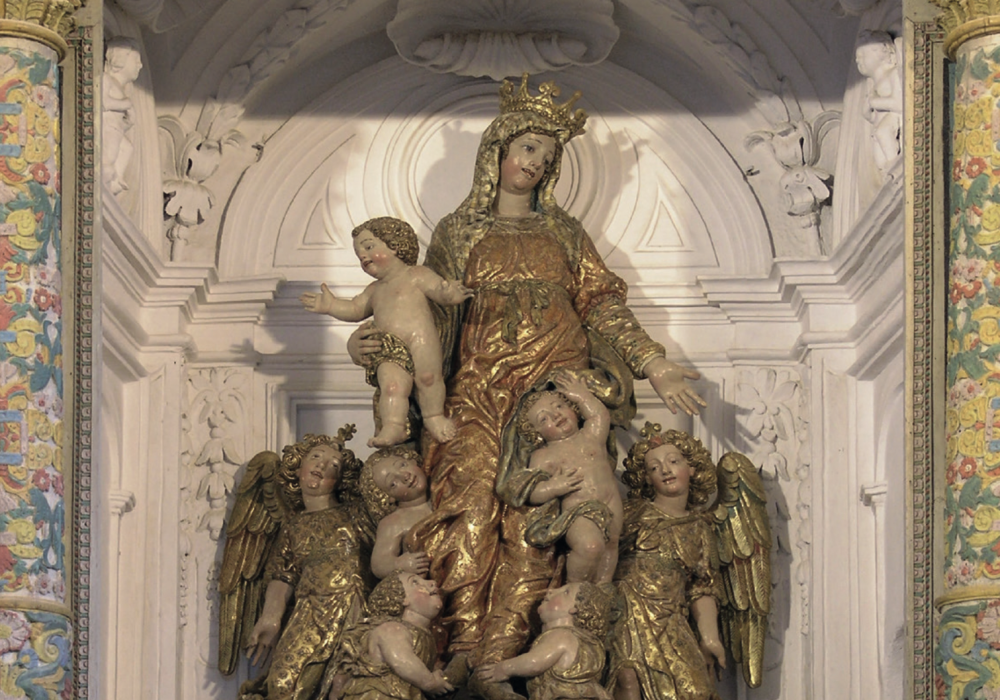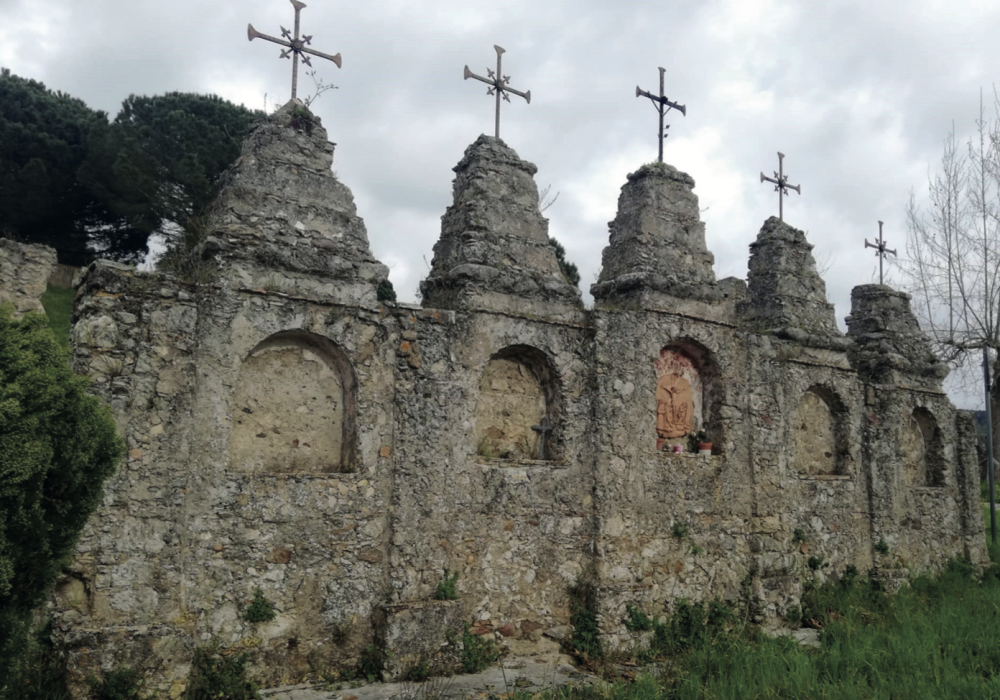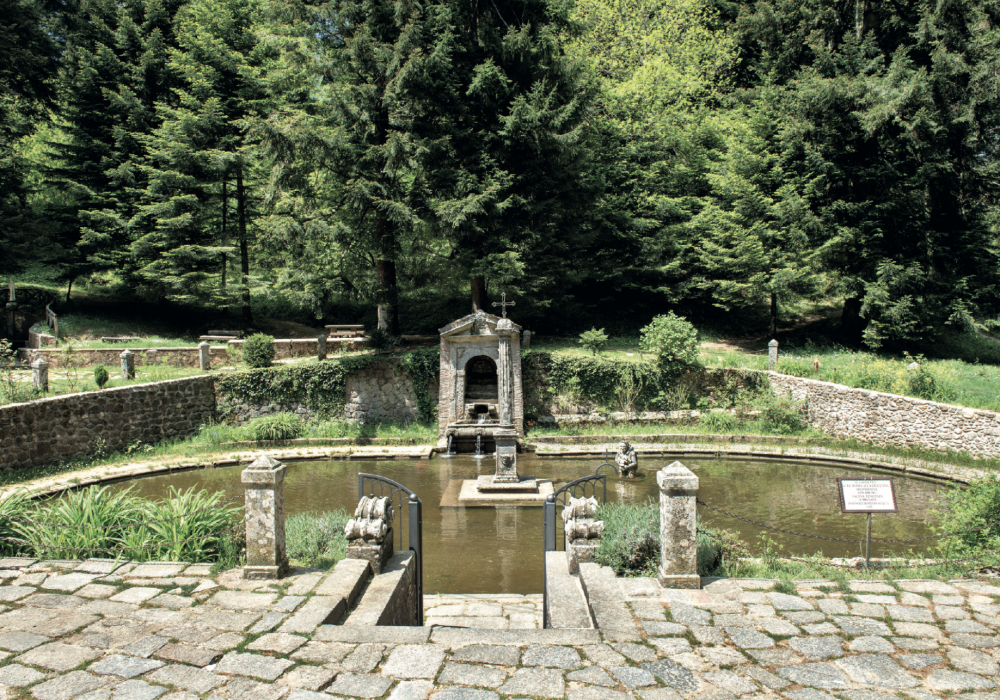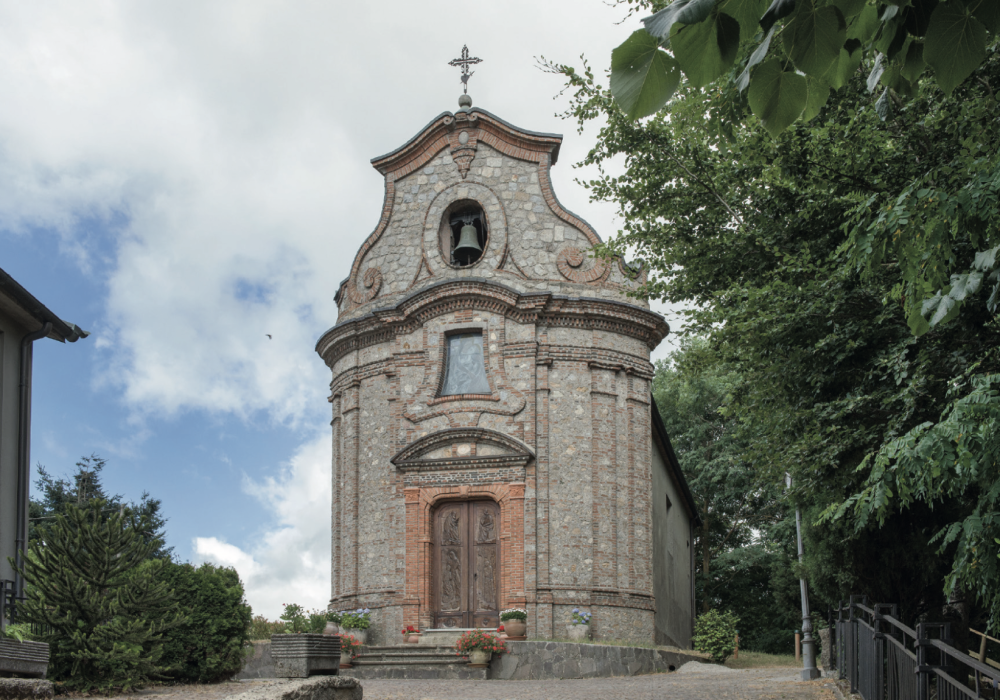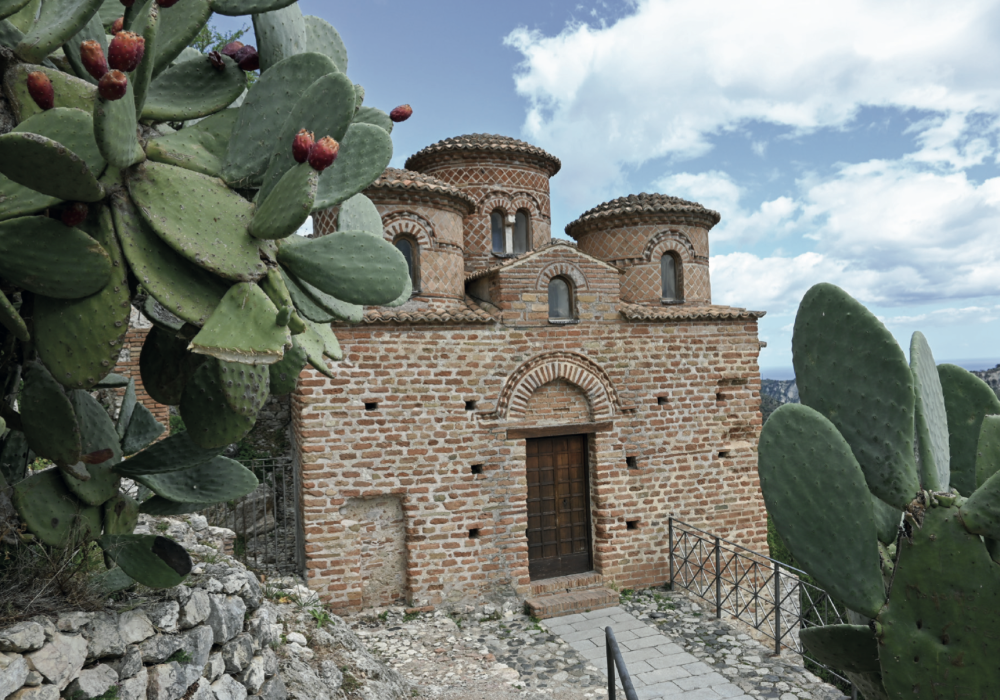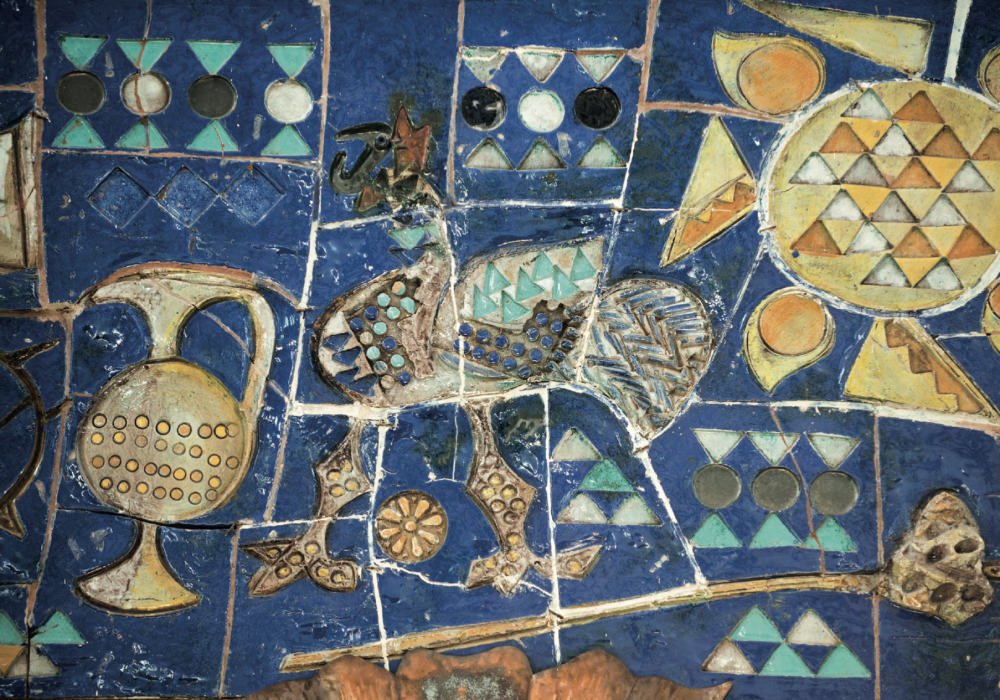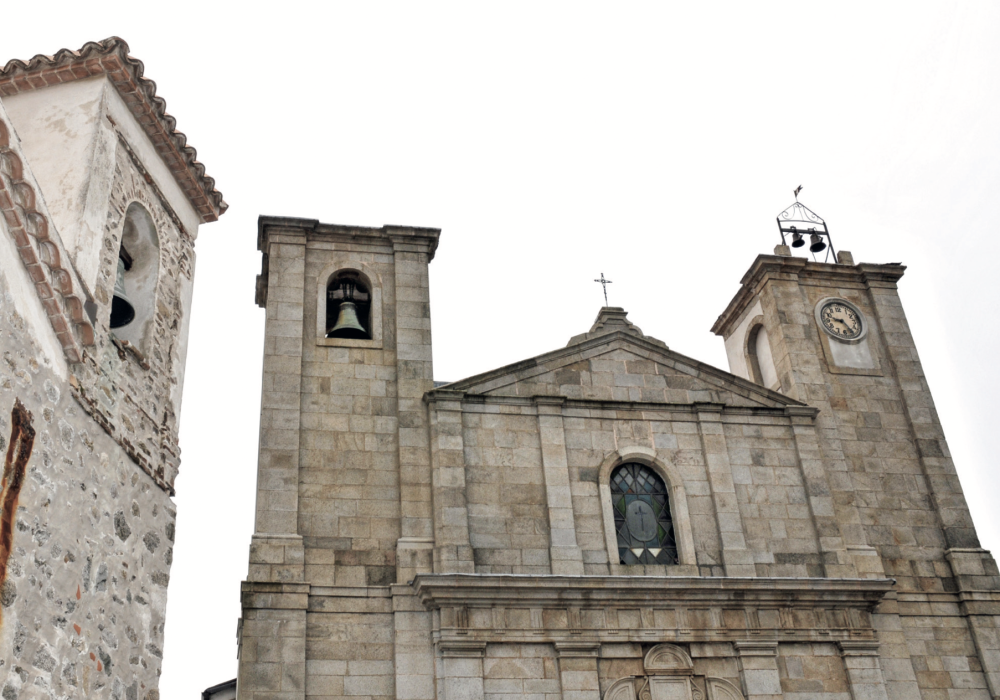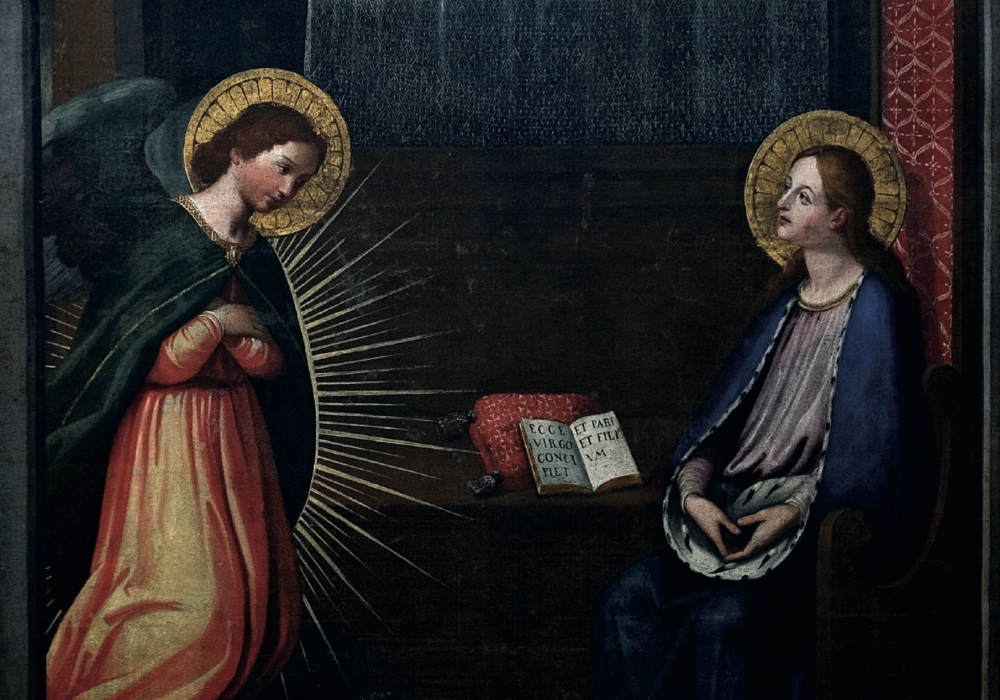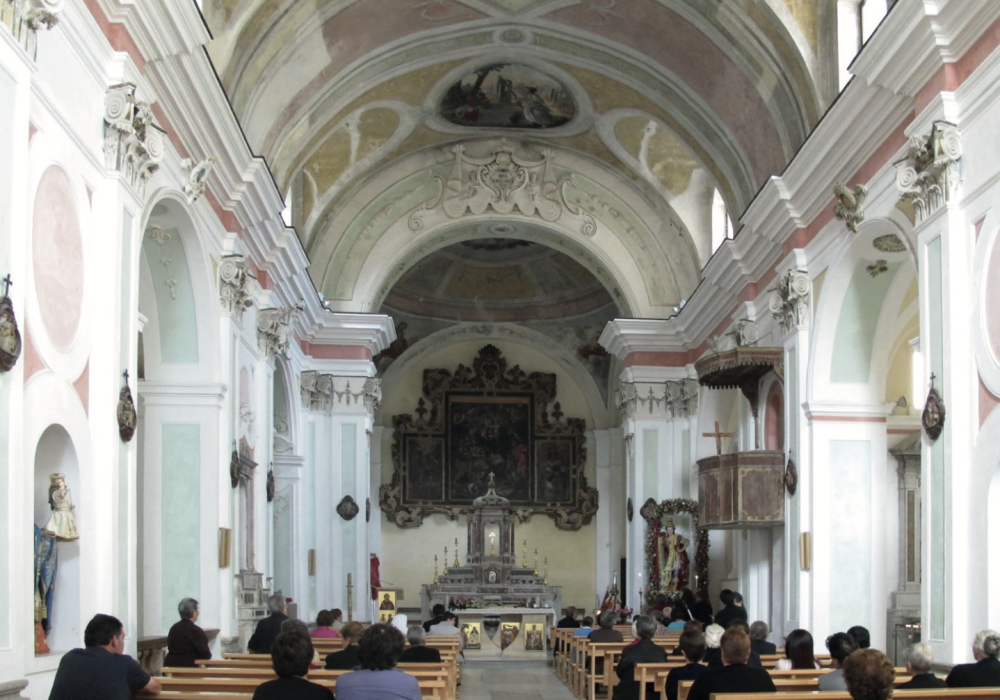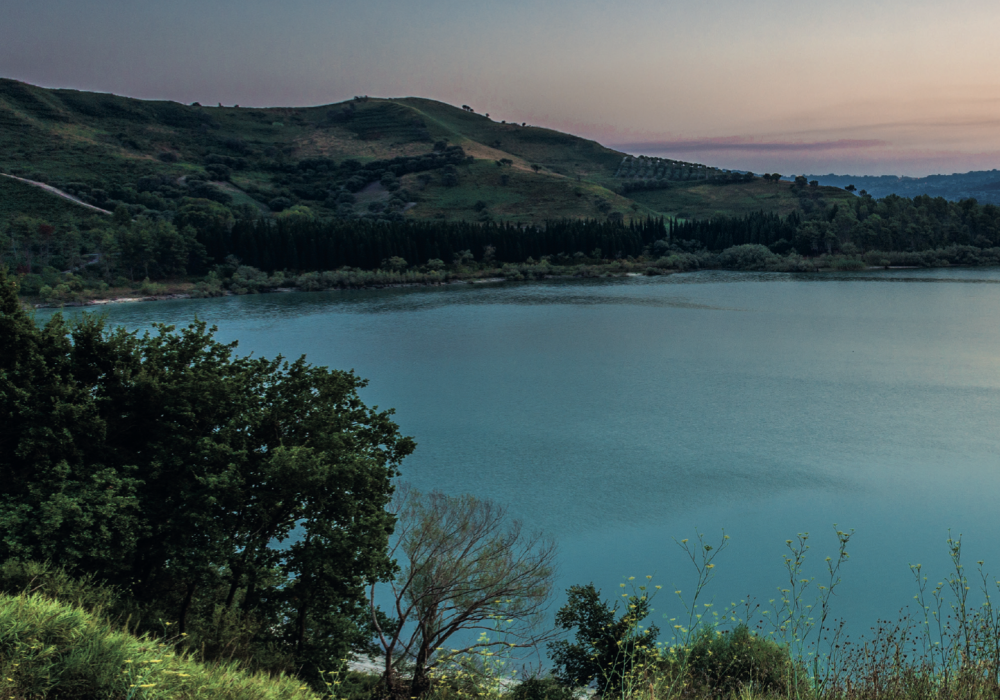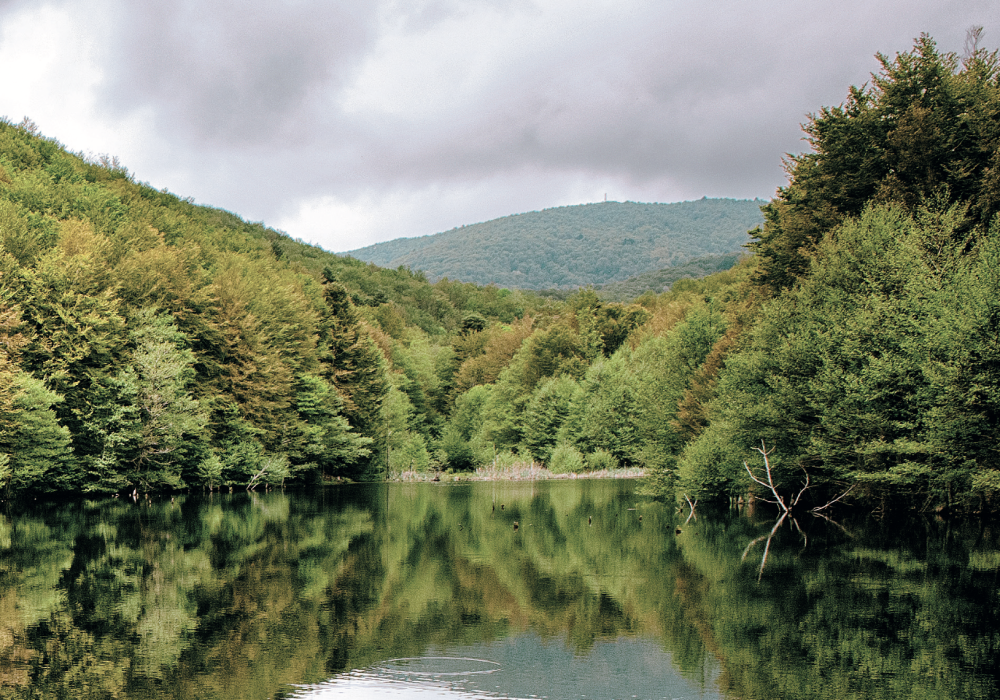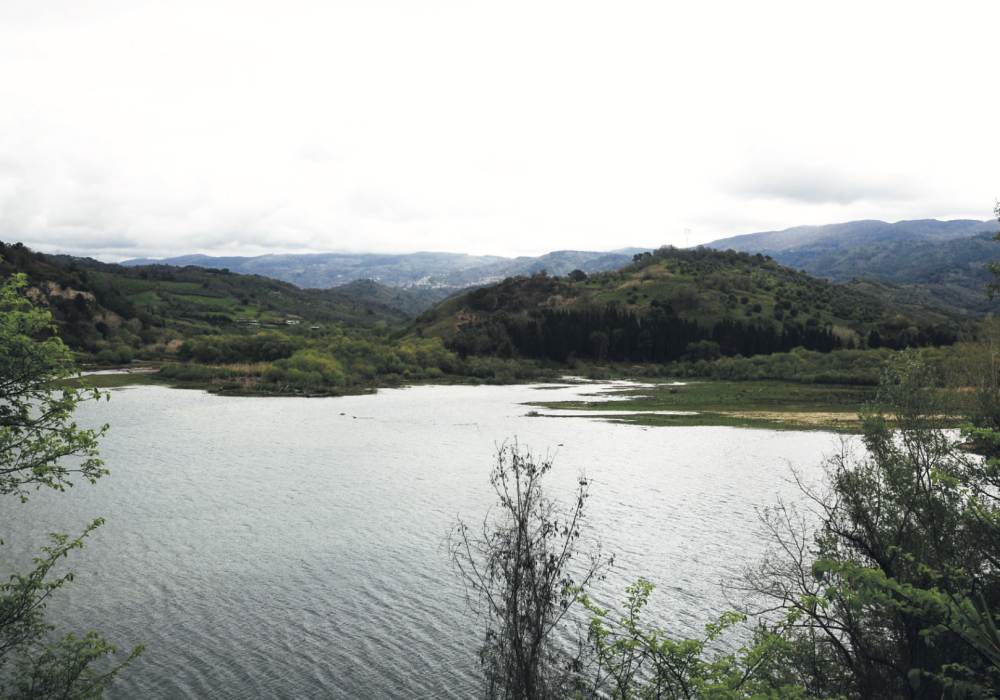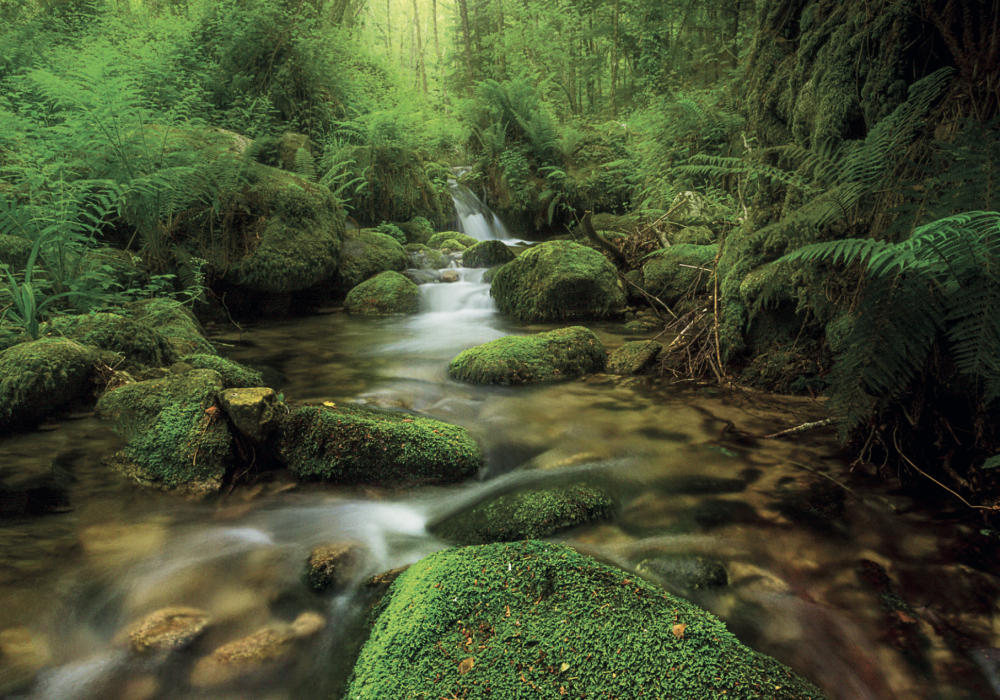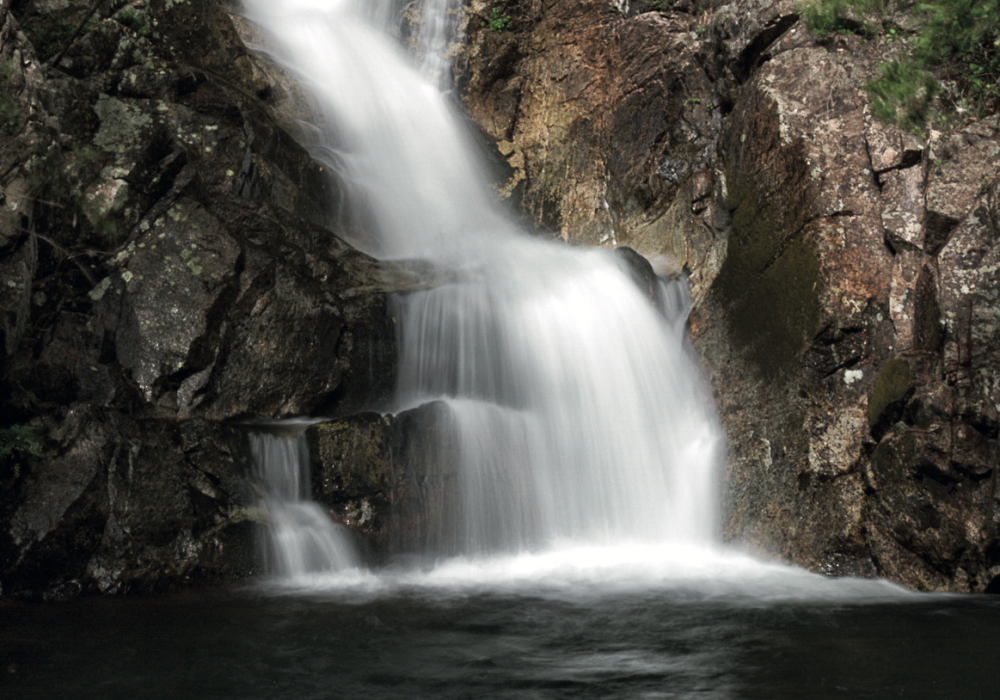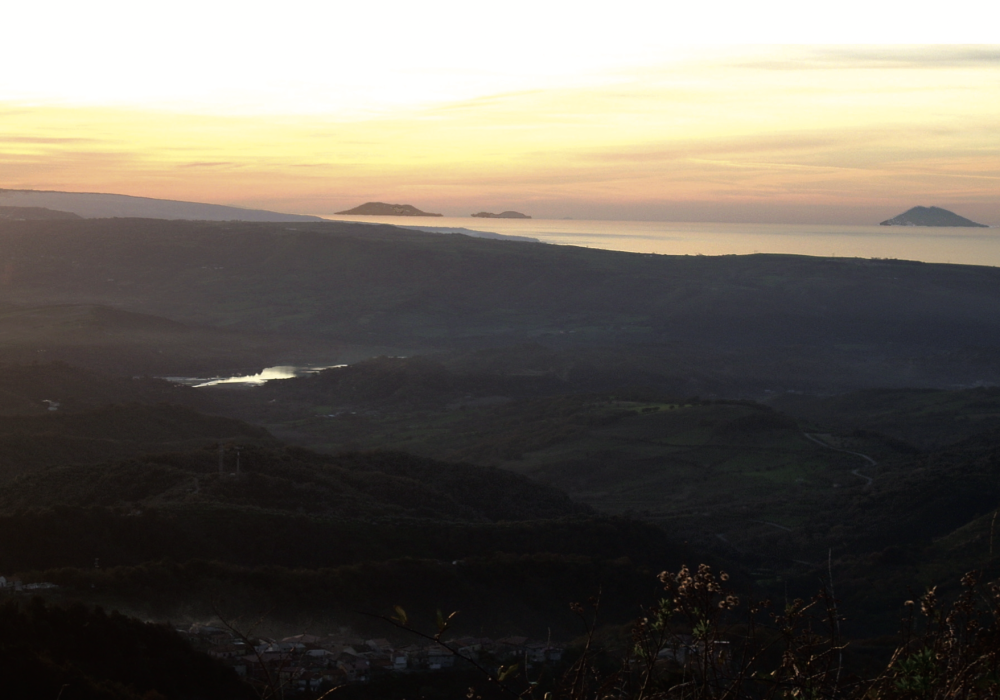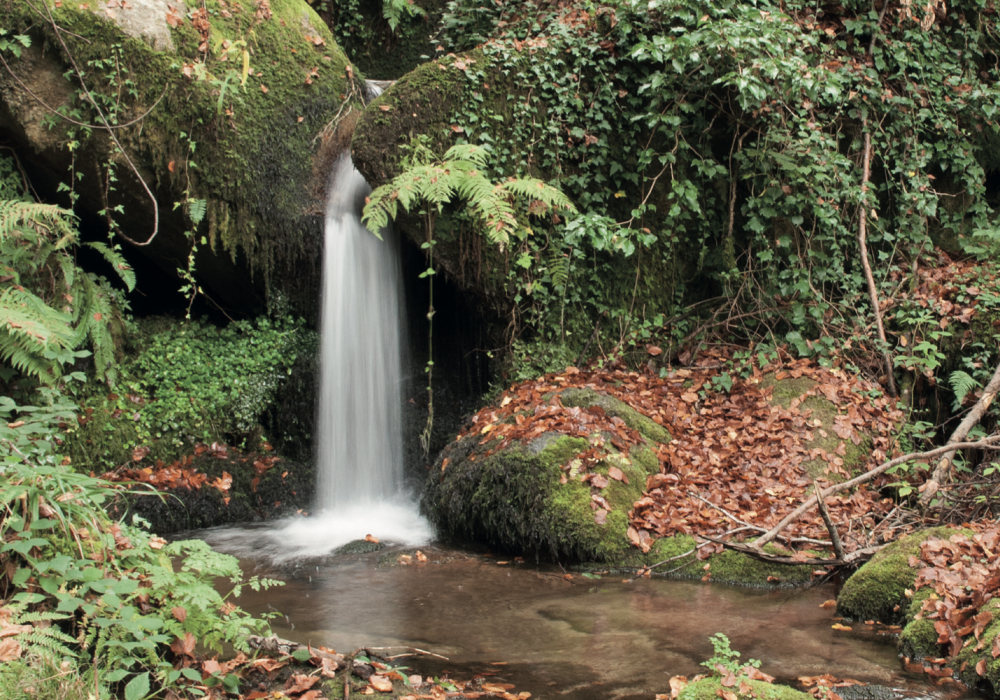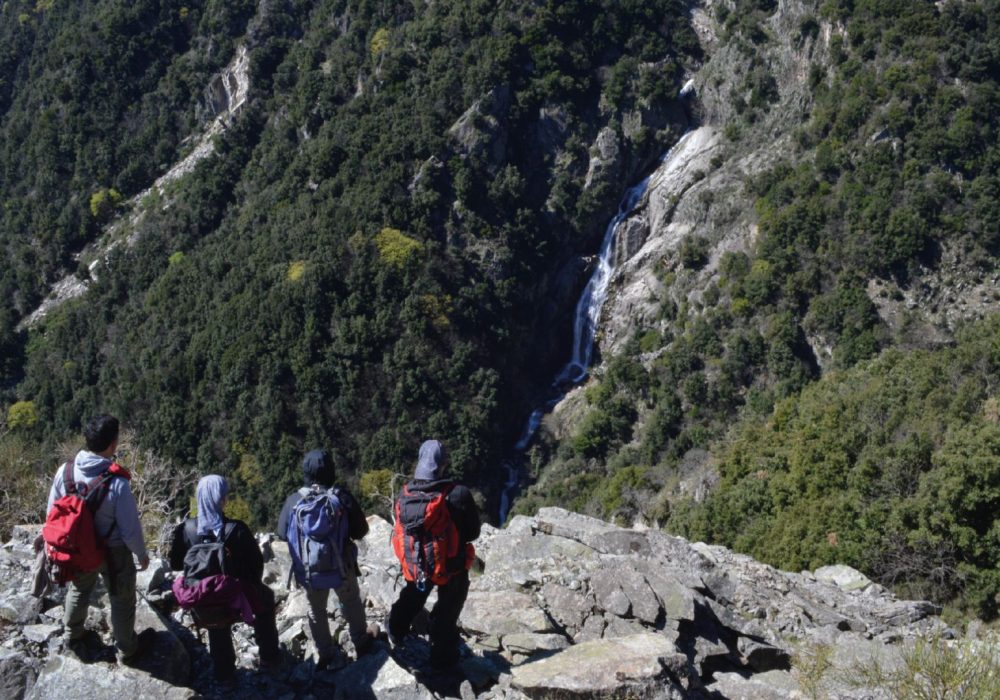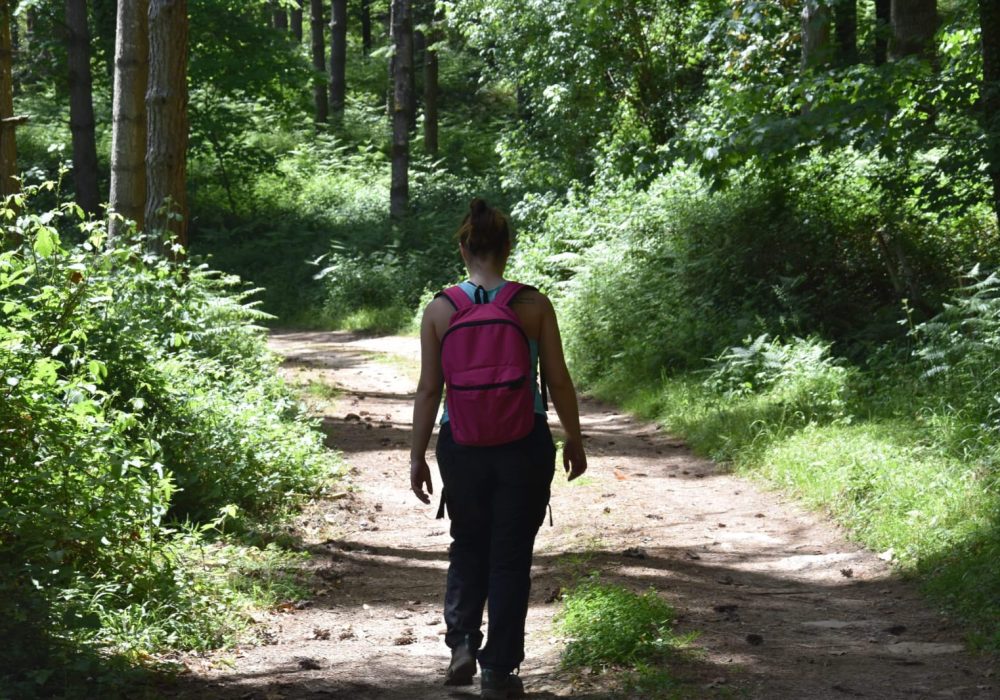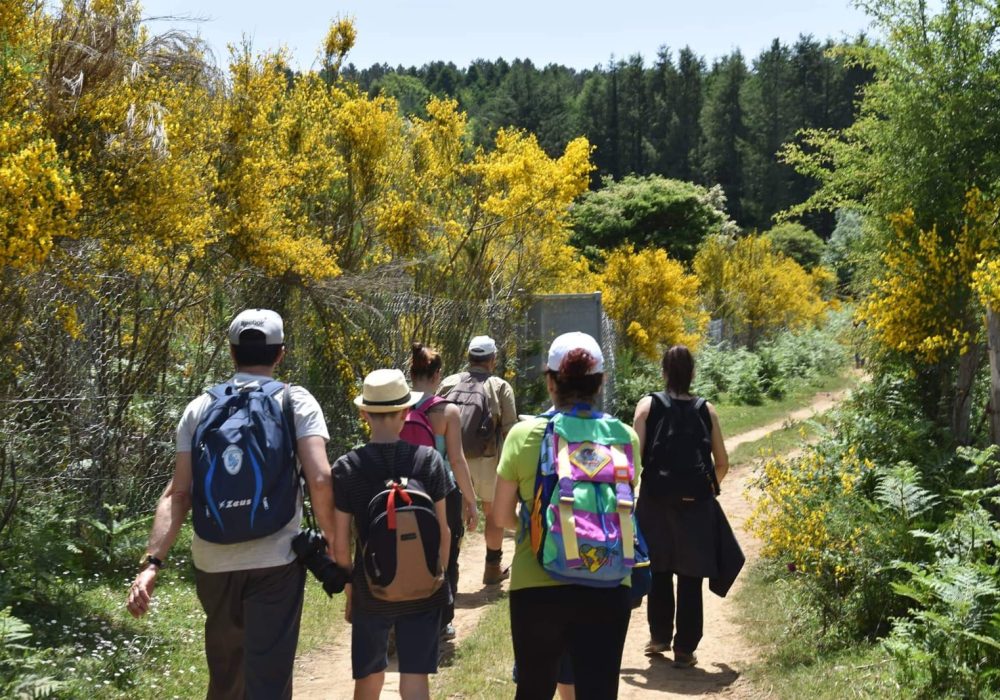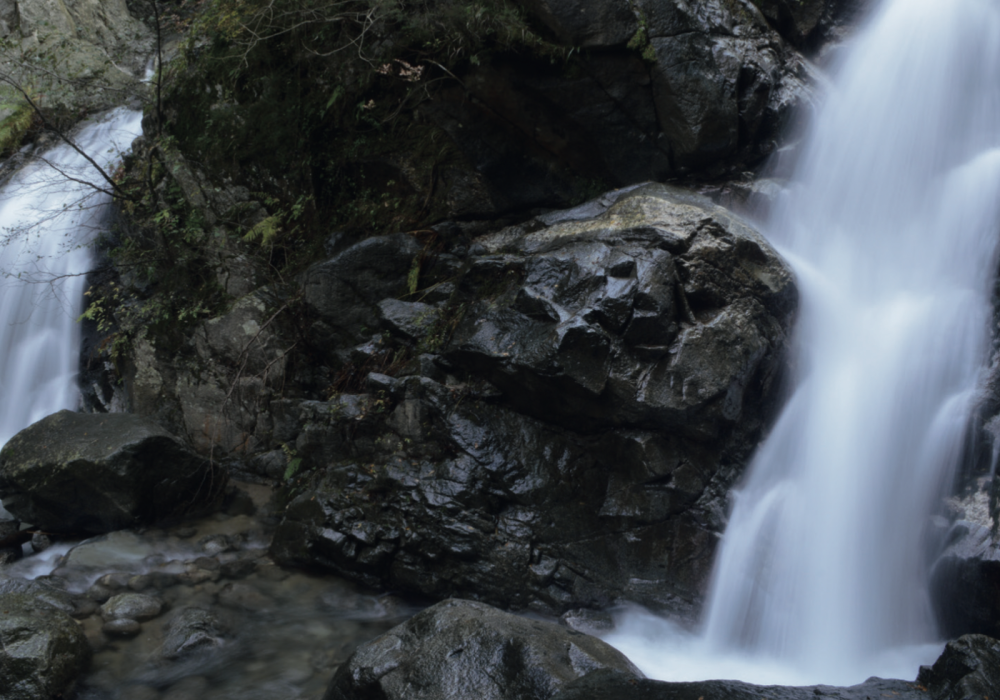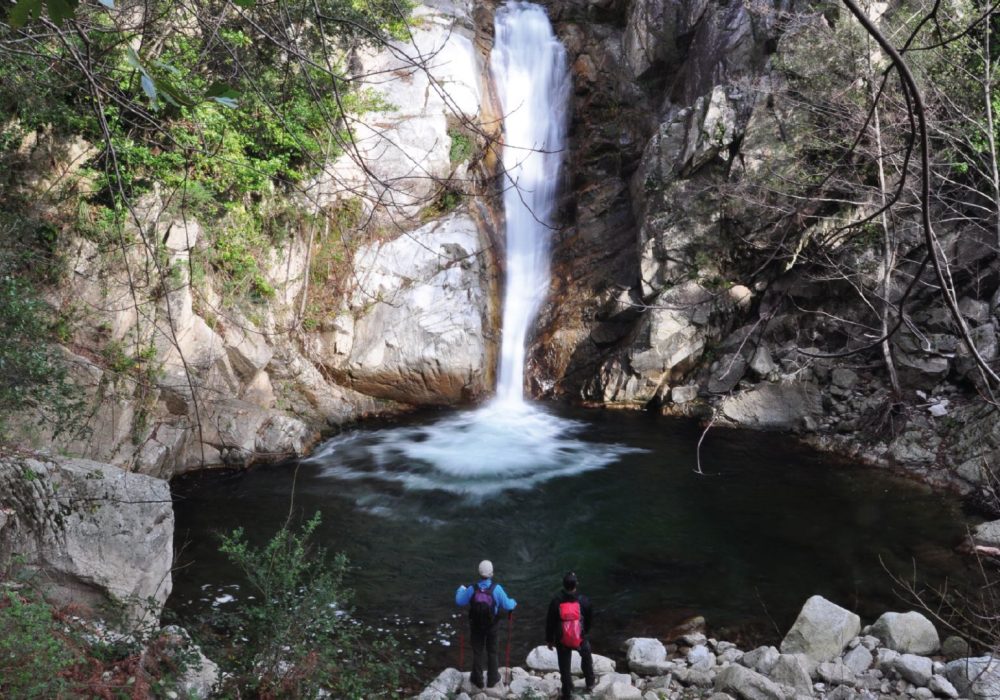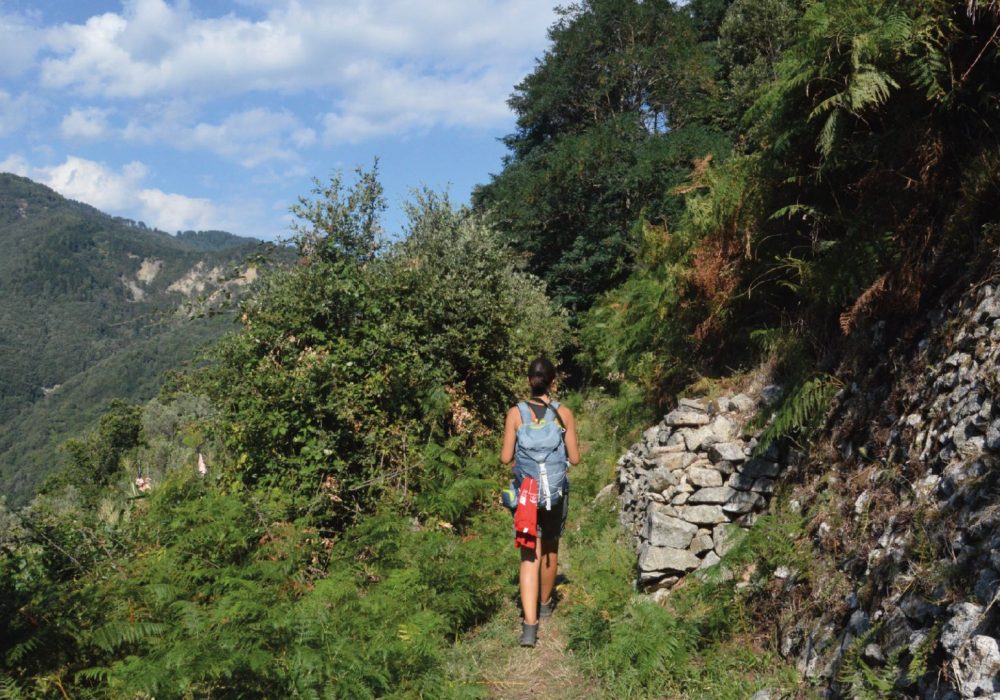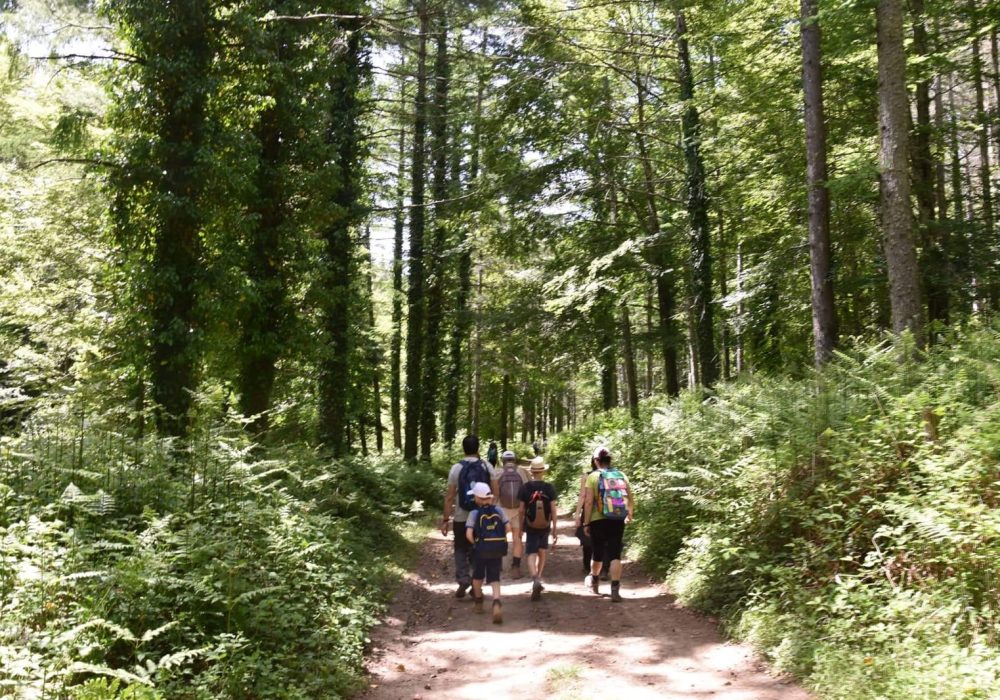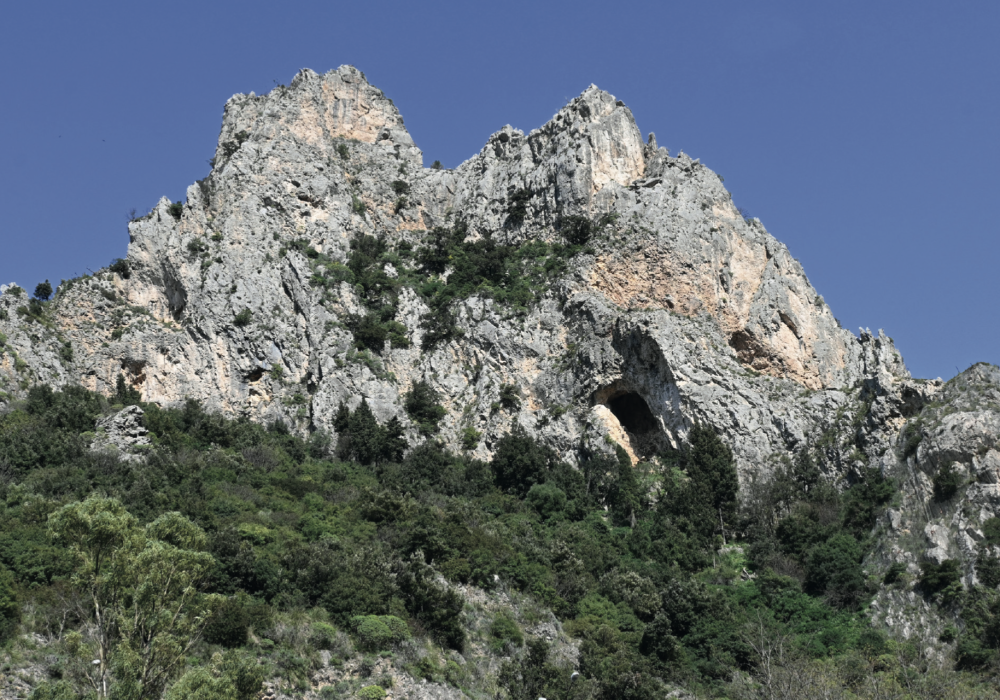Bivongi
Bivongi, lying on the western flank of Consolino, is almost protected by the wooded slopes of the mountain. Already in 1050, the centre, known in Byzantine documents as Bobònges, was made up of several inhabited nuclei in the oldest of which, Mangioni, stood the church and monastery of San Nicola, and those of Abatìa and Casale, where the church of the Spirito Santo, which existed until a few decades ago, was located. In this area lies the present-day old town centre, marked by the picturesque tangle of narrow streets that climb towards the upper part, some of them so narrow and steep that they cannot be driven on. With the advent of the Normans and the establishment of the immense feud of the Charterhouse of Saints Stephen and Brunone del Bosco, Bubungi became a hamlet along with its numerous monasteries and the Norman grange of Santi Apostoli. Its territory, rich in water and woods, soon proved to be important for the presence of silver deposits mixed with lead. With the exception of a few interesting 18th-19th century buildings, much of the artistic heritage was represented by the two important churches, now almost completely destroyed. The Mother Church, dedicated to San Giovanni Battista Decollato, of ancient foundation but completely rebuilt after the great earthquake of 1783, remains. The elegant 18th-century façade, softened by granite stone mouldings, has a three-nave layout with a wide transept and a central apse. The interior was decorated by craftsmen from Serra San Bruno to whom the extension project is also certainly owed. Although it has been darkened by modern paving, as well as repainted without taking into account the ancient pictorial decorations, the church still presents its solemn late Baroque layout, culminating in the marble carving of the high altar, in eighteenth-century Serra marbles, surmounted by the stucco pediment where the wooden statue of the titular saint is housed. In the left transept, the altar houses the splendid statue of the Immaculate Conception, a masterpiece by the Neapolitan Giuseppe Picano, attributed to him by the writer also thanks to the discovery of the deed of payment dating back to 1782. Besides the 18th-century wooden statues of St Nicholas and St Anthony, also from the Neapolitan area, one can admire a monumental St Joseph, carved in wood by Vincenzo Scrivo of Serra San Bruno at the end of the 18th century. A special chapel houses the painting of the Blessed Virgin Mary, Mamma Nostra – an unusual and rare Marian appellation – whose miraculous events and constant interventions in favour of the people of Bivongi, at times hovering between historical narrative and fascinating legend, eloquently motivate the affection of these people and the singular cult they pay to her, to the point of giving Bivongi the sweet appellation of ‘Mamma Nostra’s Town’. For the processional rites, an expressive wooden statue was commissioned in Naples in the first half of the 18th century, enriched in the following century by the sumptuous gilded wooden processional base. The ensemble constitutes a unicum in the history of Calabrian art, of solemn appearance and great beauty. Every year, the patron saint’s festival is held on the second Sunday of September, but the celebration most heartfelt by the people of Bivong and the entire district is that of 5 February, known as ‘the feast of the vow’, to commemorate the intervention of the Protector during the great scourge of 1783. The Monastery of St. John Theristis the Elder is also well known, which hosted, among its austere Norman vestiges, a community of monks from Mount Athos and is today officiated by a community of Romanian Orthodox monks. The hard-working Bivongese community, famous for its hospitality, excellent wine and good food, has invested heavily in the enhancement of its environmental heritage, especially the famous Marmarico waterfalls, a 120-metre drop that the Stilaro River makes in the heart of the mountain. The place, impervious but full of charm, attracts a large number of tourists and enthusiasts, especially in summer when the small pools of water formed by the rapids become crystal-clear and icy pools where one can bathe.
